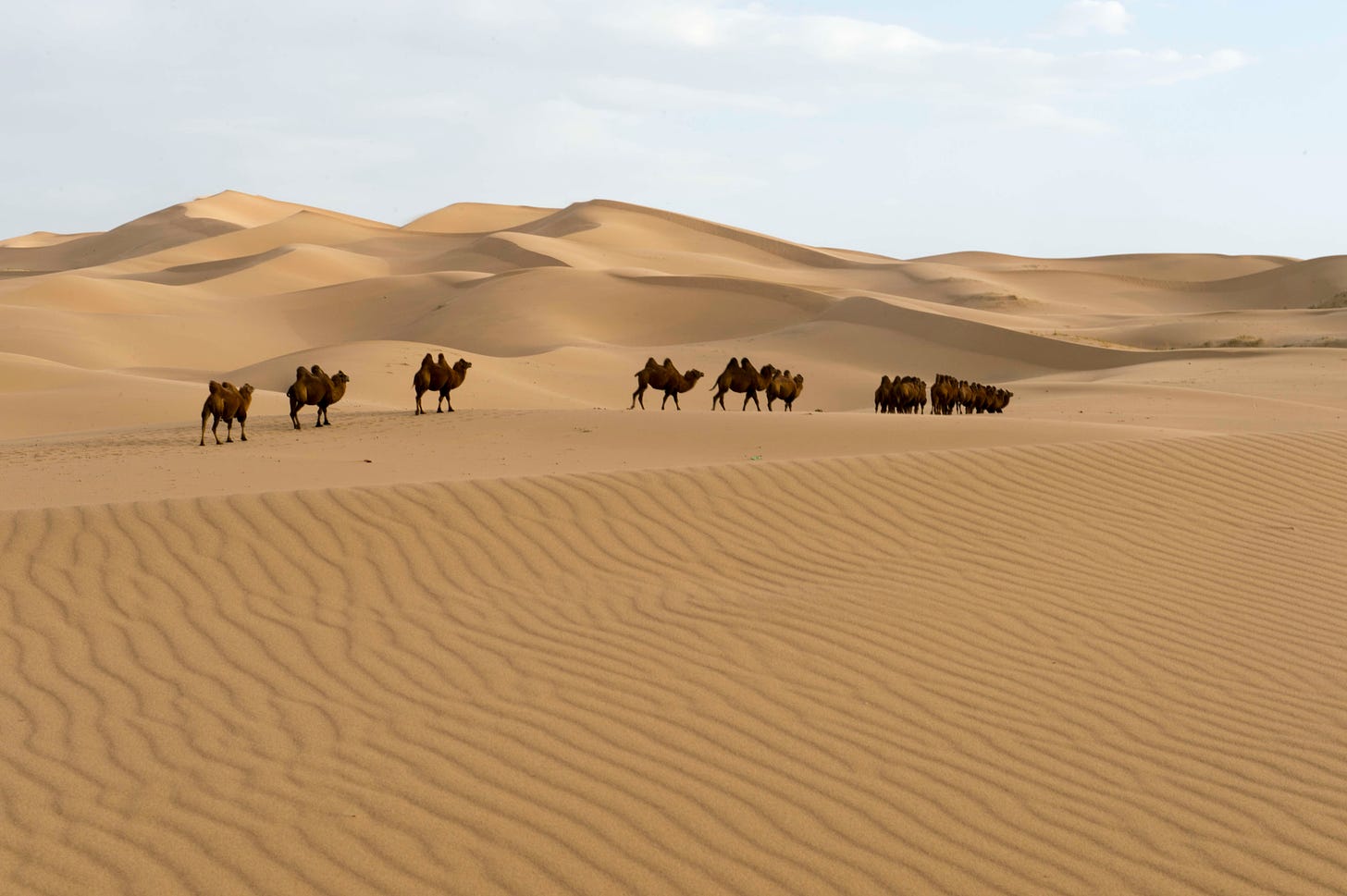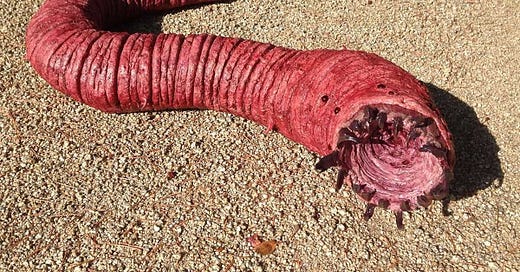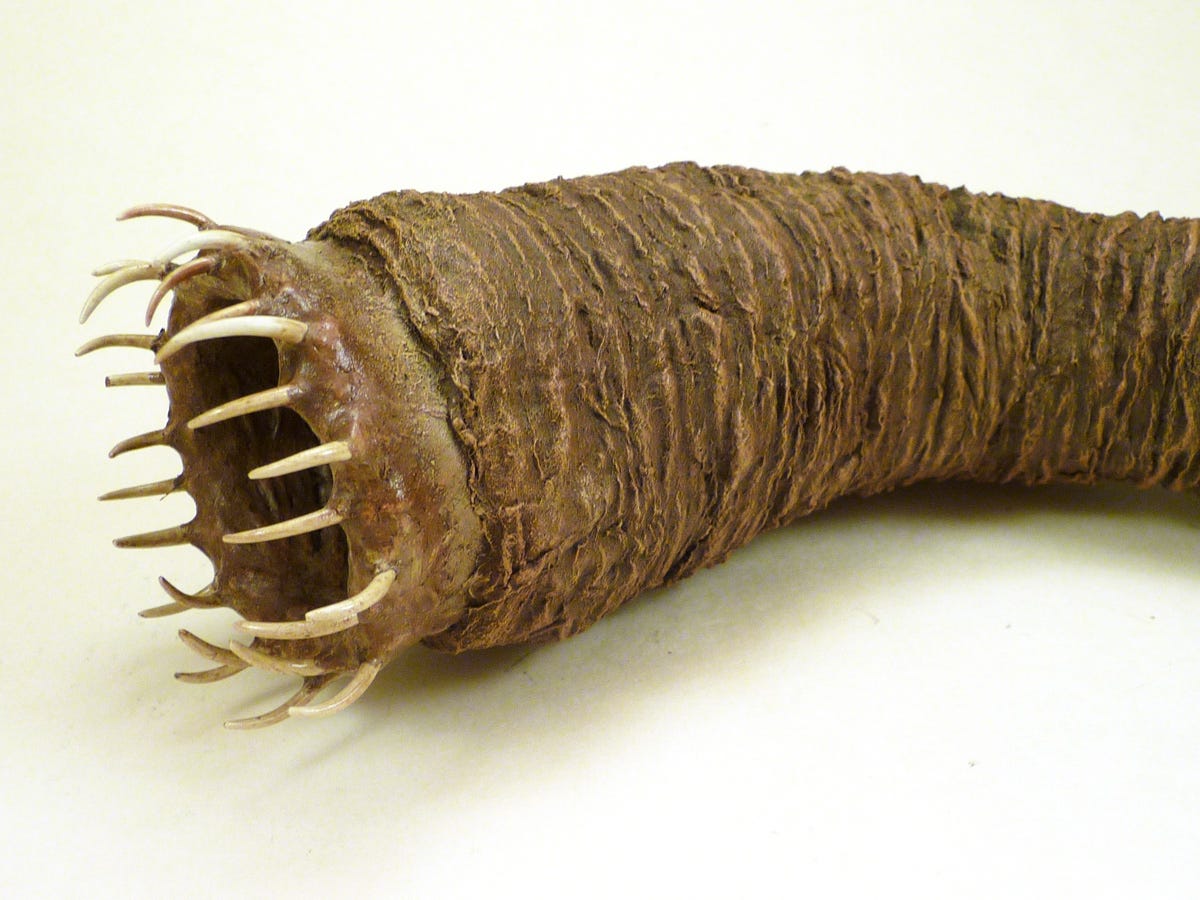The Mysterious Legend of the Mongolian Death Worm
The Mongolian death worm is one of the biggest mysteries of cryptozoology to date
It Is One of the Biggest Mysteries of Cryptozoology to Date
It is a five-foot worm armed with spikes, venom, and electric shocks lurking underneath the sands of the desolate Gobi Desert. And it is one of the biggest mysteries of cryptozoology since time immemorial.
According to various sightings across centuries, the Mongolian death worm has a long, sausage-like body, dark red in color with spikes jutting out of both ends of its shapeless body.
Called the Olgoï-Khorkhoï in Mongolian, the creature lives in the Gobi Desert where it feeds on rodents and other small animals. And when it is really hungry, it can kill a camel or a human with two spits of its highly venomous poison.
And unlike the other mythical monsters like the Loch Ness Monster or the Bigfoot, this one really exists, as claimed by Richard Freeman, a cryptozoologist from the UK who specialized in the Mongolian Death Worm.
As Richard Freeman says in his findings after his trip to Mongolia in 2005.
"The worm certainly exists. When we talked to people during our trip to Mongolia, they were all quite certain of that. They didn't believe it could spit electricity, but they did believe it was venomous. They're very afraid of it. I think it's a reptile. It's either an unknown species of worm lizard (related to snakes) or an unknown species of sand boa. Nobody thinks of it as a mythical creature in Mongolia, but a real living animal."

It Inhabits the Desolate Gobi Desert
The Mongolian death worm is said to inhabit the Southern Gobi Desert in Mongolia.
The first scientific reference to the creature comes from the work of Professor Roy Chapman Andrews in his book “On the Trail of Ancient Man” in 1926. Chapman had heard about the mythical worm from the locals and he was not entirely convinced as he wrote.
“None of those present ever had seen the creature, but they all firmly believed in its existence and described it minutely.”
As per the locals, the worm was more than 3 feet long, bright red in color, and had a gaping round mouth filled with inward-pointing teeth. Some also describe it as having a body covered with spikes with the ability to spray a yellow-colored deadly burning acid at a target.
There are also claims it can discharge electricity from its body. The death worms will reportedly shoot up from beneath the sand without warning to kill their food, mainly camels and rodents, but unsuspecting humans can also be the target.
Several other curious details were also revealed in further discussions. According to Chapman, the worm travels underground and can be spotted by the waves of sand appearing on the desert's surface when it passes. It hibernates for ten months of the year and only emerges during June and July when the ground is wet and rain is falling from the skies.
Several Researchers Searched for It in Vain
Chapman’s writings spurred up many curious travelers who combed the Gobi Desert to search for the creature. Czech cryptozoologist Ivan Mackerle was one of the foremost investigators of the mysterious animal who traveled to Mongolia three times in search of the worm, in 1990, 1992, and 2004.
Mackerle first heard of the death worm as a boy from the work of paleontologist Ivan Yefremov. He became obsessed with it and read extensively through available Mongolian literature to know about it. He was finally granted permission by the Mongolian government to research the same in the Gobi Desert.
In his book "Mongolské záhady" (Mongolian Mystery), he describes the worm as
"A sausage-like worm over half a meter (20 inches) long, and thick as a man's arm, resembling the intestine of cattle. Its skin serves as an exoskeleton, melting whenever hurt. Its tail is short, as if it were cut off, but not tapered. It is difficult to tell its head from its tail because it has no visible eyes, nostrils or mouth.”
While Mackerle's research was extensive, he could not get any concrete evidence of the existence of the worm. Subsequent expeditions to hunt down the sand beast continue even today. Still, without any physical evidence, the story of the Mongolian death worm remains yet another unexplained mystery of the Gobi Desert.
Does It Exist?
Many theories have sprouted over the years to explain the Mongolian death worm.
Some equate it to an Amphisbacnidae (worm lizard) – a species with no external eyes or ears. These creatures also move like a serpent, and many paleontologists have also unearthed some specimens close to the area the Mongolian death worm supposedly inhabits.
Others say it can be a sort of land electric eel which generates powerful electricity even to kill humans. However, no species of electric eel have been found so far that also have poison glands.
Yet another theory says it can be a form of ‘spitting’ cobra that can spit or spray venom at distances over 10 feet. A spitting Cobra is well equipped to spray its painful venom directly into the eyes of potentially dangerous animals from a safe distance.
Perhaps the most fanciful theory is that it is a mysterious animal cultivated by the descendants of the Mongol emperor Genghis Khan to protect his grave from robbers. Yes, Genghis Khan’s grave remains undiscovered somewhere in the Mongolian wilderness.
So far, all searches, including a much-publicized National Geographic Channel series on the worm, have come up empty-handed. Could the Mongolian death worm be nothing but a fanciful legend, or are we yet to discover a new species unheard of by mankind? Only time can answer this question.
Sources
· Meet The Mongolian Death Worm, The Cryptid Armed With Spikes, Venom, And Electric Shocks
· Mongolian Death Worm: The Sand Monster of Mongol Folklore
· 15 Disturbing Facts About The Mongolian Death Worm
· Searching for the Terrifying Mongolian Death Worm





